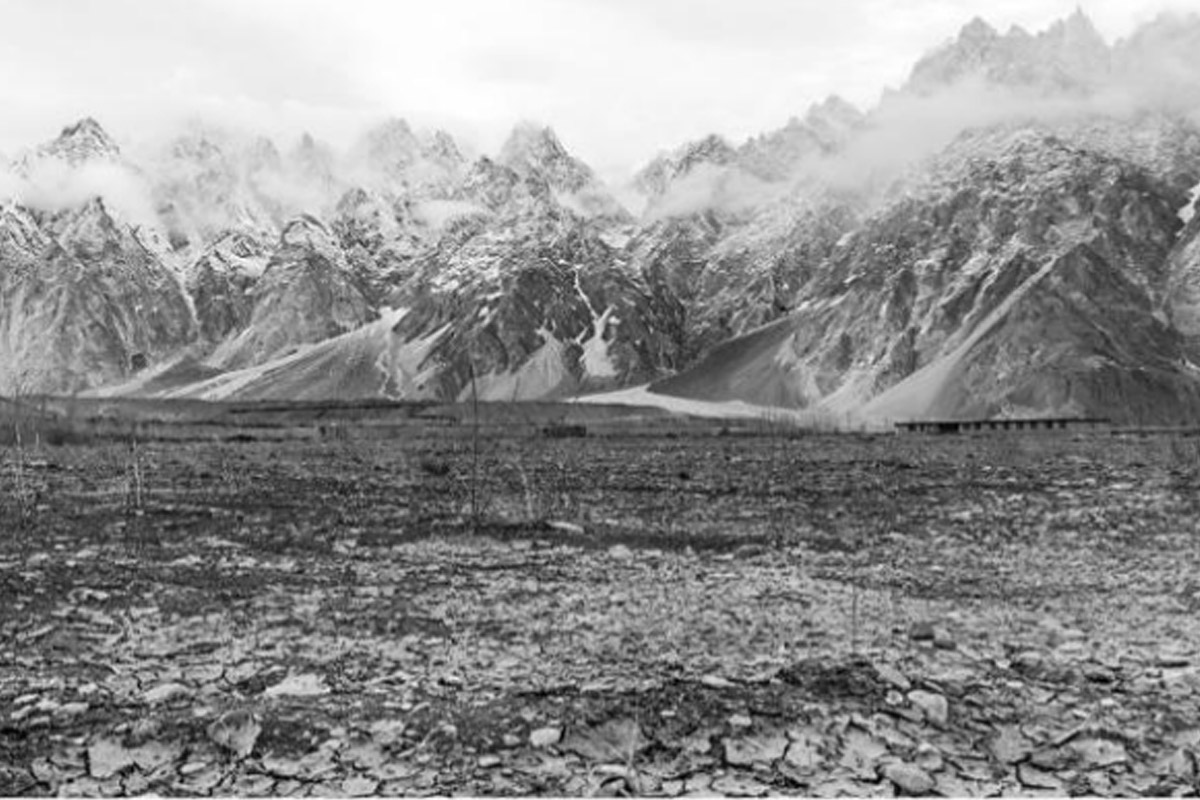Climate costs
As the relentless march of climate change continues to reshape our world, the looming threat to residential property is becoming increasingly apparent.
This requires us to begin conducting nation-wide, climate change impact studies and develop city-wise scenarios and trends for the next 50 to 100 years.

File Photo
Changing weather patterns in recent times have greatly altered the global hydrological regime. This results in frequent and more severe floods during every monsoon season in many parts of India. Torrential rainfall in the Himalayas results in more frequent landslides and flash floods. Untimely or suboptimal rain in the agricultural belts of India is devastating for the farmers and threatens our food security. Cities, which are sometimes considered the greatest of human inventions, are equally affected by the changing climate.
Cities are supposed to be planned with technical and political inputs, for exhibiting resilience against any adverse change. The crumbling infrastructure in most cities coupled with the tragic loss of human lives due to floods is a testimony to the severity of climate change impacts on cities and urban sustainability. India has more than 50 urban centres with population above ten lakh (1 million), and more than 450 cities with population above one lakh. Delhi, the most populous urban agglomeration in India, is also the second largest urban agglomeration in the world. It is projected to overtake Tokyo by 2030. The next three largest urban agglomerations in India – Mumbai, Kolkata and Chennai — are all low-lying coastal cities. This makes urban India highly vulnerable to climate change.
Cities are engines of economic growth and their functioning is critical for human sustenance and wellbeing. It therefore goes without saying that urban India cannot afford a businessas-usual scenario. This calls for a sustainability appraisal of our existing urban infrastructure and planning. It also calls for climate proofing of all vulnerable urban centres.
Advertisement
Climate proofing is the technique or practice of developing infrastructure after incorporating the environmental alterations that will take place due to climate change. In case of cities that are already well established, climate proofing can mean both retrofitting existing infrastructure as well as making policy-level changes before developing new urban infrastructure. Climate proofing will help cities better adapt to abrupt changes in temperature and precipitation, and prepare for hazards like floods, droughts and elevated heat. Doing so will make cities more resilient and optimise their functioning for the sake of people, planet and profit.
But how exactly do we make cities climate proof? The answer lies in the fact that we are living in a climate-constrained world today. And this must reflect in our planning and actions at all levels, from individual to the government and the corporate sector. We can no longer construct buildings, roads, bridges or develop river fronts and coasts without taking into account the projected changes in the ambient environment. This requires us to begin conducting nation-wide, climate change impact studies and develop city-wise scenarios and trends for the next 50 to 100 years.
It is not enough to just carry out these studies. There is also a need to widely disseminate the outcome and trends in respective cities so that every urban stakeholder is made aware and sensitized. The modelled scenarios need to become part of mainstream urban planning activities at all levels, be it the case of a citizen constructing her house to a municipal agency building a residential or commercial complex. India has a vast coastline which is among the most vulnerable in the world to climate change. The availability of climate change impact trends for 50 to 100 years will help decide how much of the coast should be developed in cities located along the sea and what adaptation measures need to be put in place and at which locations.
Climate proofing also requires retrofitting of existing infrastructure. A good starting point for this is the transport sector, especially roads which are the circulatory system of a city. The flooding of roads has become a more frequent and more intense phenomenon in cities, leading to loss of life and property. This trend seems to be here to stay. The planning of roads in urban settings thus needs to take place along with creating strategically located wetlands that can act as buffer zones for accommodating excess water. However, land use-land cover changes indicate that many existing urban wetlands are disappearing at a rapid pace in India. The destruction of these urban wetlands is counter-productive to climate proofing and is only an invitation to the kind of devastating floods we are witnessing this year.
Cities are not only vulnerable to climate change but are also key contributors to global warming. It is estimated that over 75 per cent of global carbon dioxide emissions are from cities, mainly from the transport and the construction sectors. Decarbonizing the economy is an important climate proofing and mitigation strategy. Cities can play a pivotal role in this by committing to carbon neutrality and shifting toward clean sources of energy. Urban resilience is the need of the hour and climate proofing is the way to go. It is either this or helplessly witnessing the undoing of our development and economic achievements. The decision is entirely ours.
The writers are, respectively, Professor and Associate Professor at Jindal School of Environment & Sustainability, O.P. Jindal Global University, Haryana, India.
Advertisement